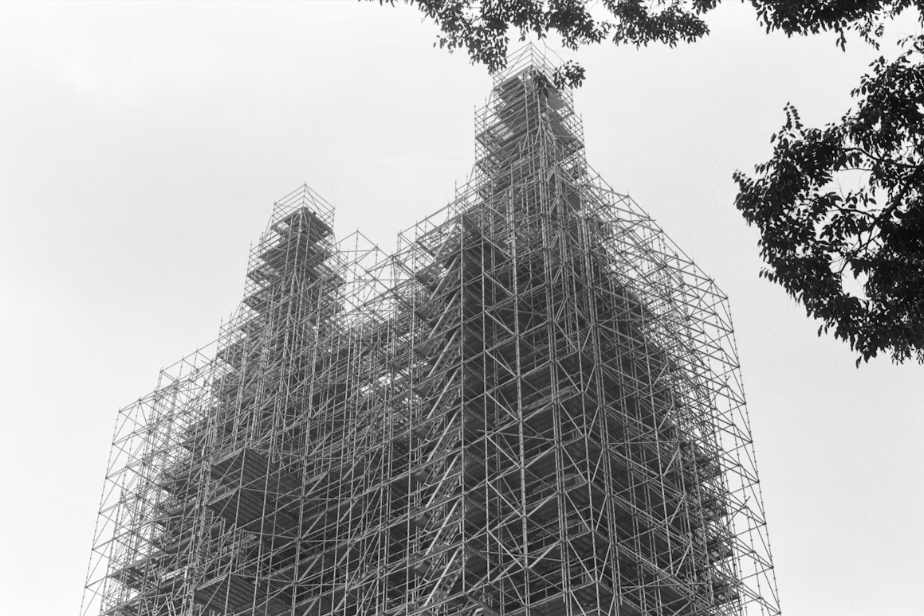Prefabricated steel buildings are the unsung heroes for businesses and homeowners tired of construction headaches and ballooning budgets. Think of them as the instant noodles of the building world: pre-engineered, delivered to your site, and ready to assemble with a minimum of fuss (and a maximum of savings). If you want to make smart decisions about your steel construction adventure – and develop a little respect for the clever engineering behind these metal marvels – let’s break down the vital building blocks.
Foundation and Base
Every superhero needs a solid origin story, and for a steel building, that’s the foundation. It’s the grand stage on which your entire structure struts its stuff. Most steel buildings want a concrete foundation – because, let’s be honest, steel and dirt are not the best of friends. But soil quality, local codes, and your building’s ego (size) all play a role in the final foundation formula. Keep it level, keep it anchored, and your steel skeleton will thank you by not toppling over at the first stiff breeze. Remember: even superstar steel needs a solid base to shine.
Primary Framing
Meet the muscle of your durable agricultural steel buildings, for example: the primary framing. Columns, rafters, and beams are the trio powering your structure, handling the heavy lifting and bracing for whatever Mother Nature throws their way. Rigid frame construction is the go-to – basically, strong connections for a strong building. Frames tend to be spaced 20 to 30 feet apart, depending on whether you’re building a barn, a warehouse, or a really ambitious man cave. Each piece is precision-engineered for your location, so your building stands tall, not tall-ish.
Secondary Framing
If primary framing is the muscle, secondary framing is the finesse. Purlins (roof helpers) stretch between rafters, while girts (panel pals) run along the walls, all keeping the panels shipshape and the loads evenly distributed. Then there’s bracing – rods and cables lending a hand to make sure strong winds don’t sweep your building into Oz. It’s the support cast every blockbuster needs, especially if your steel building dreams involve withstanding unpredictable weather or storing more grain than a flock of hungry pigeons could ever eat.
Wall and Roof Panels
Now for the building’s chic outfit: wall and roof panels. Not only do they shield your interior from rain, sleet, and your neighbor’s leaf blower, they also add muscle to the structure itself. Choose from single-skin panels for the minimalist vibe, or go full James Bond with insulated panels for high security and temperate climates. These panels snap onto the secondary framing with screws and fasteners engineered for a tight seal – no drafts invited.
And since nobody likes a cookie-cutter design, you can customize your steel structure’s color and finish until it matches your wildest curb-appeal fantasies.
Doors and Windows
No structure is complete without strategic exits and a dash of daylight. Walk doors, overhead doors, sliding doors – if you can dream it, you can squeeze it into the design. Windows can be as basic or as elaborate as you like, from simple glass panes to full-on curtain walls. Just make sure every portal is properly framed and flashed, because exposure to the elements is fun for exactly zero steel buildings.
Insulation and Ventilation
Seeking year-round comfort and an energy bill that doesn’t require a second mortgage? Cue insulation and ventilation. Classic fiberglass blankets tuck between framing members, or you can go for rigid foam on the outside for maximum coziness. As for keeping air moving, options range from good old ridge vents to high-tech mechanical systems. Do it right, and your steel masterpiece will be cool in the summer, warm in the winter, and not a penny more expensive to operate than it needs to be.
Building Your Future with Steel
Prefab steel buildings are like Swiss Army knives – durable, versatile, and always ready for action thanks to their thoughtfully engineered parts. Each component snaps together with purpose, promising a long and reliable career as your next workshop, warehouse, or whatever-you-want house. Know your parts, talk the talk with your suppliers and contractors, and you’ll find yourself on the fast track to steel-built satisfaction – no cape, hard hat optional.
